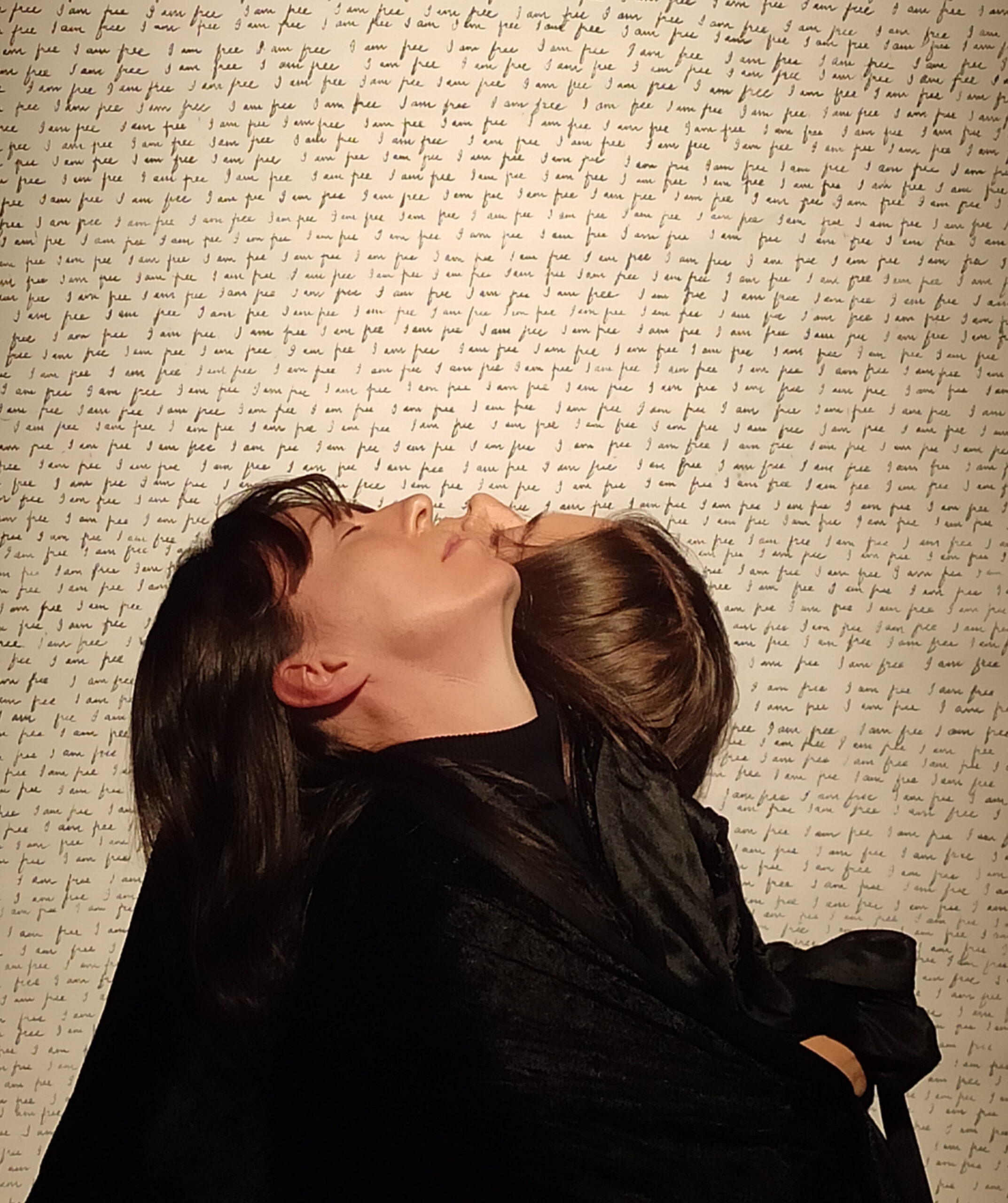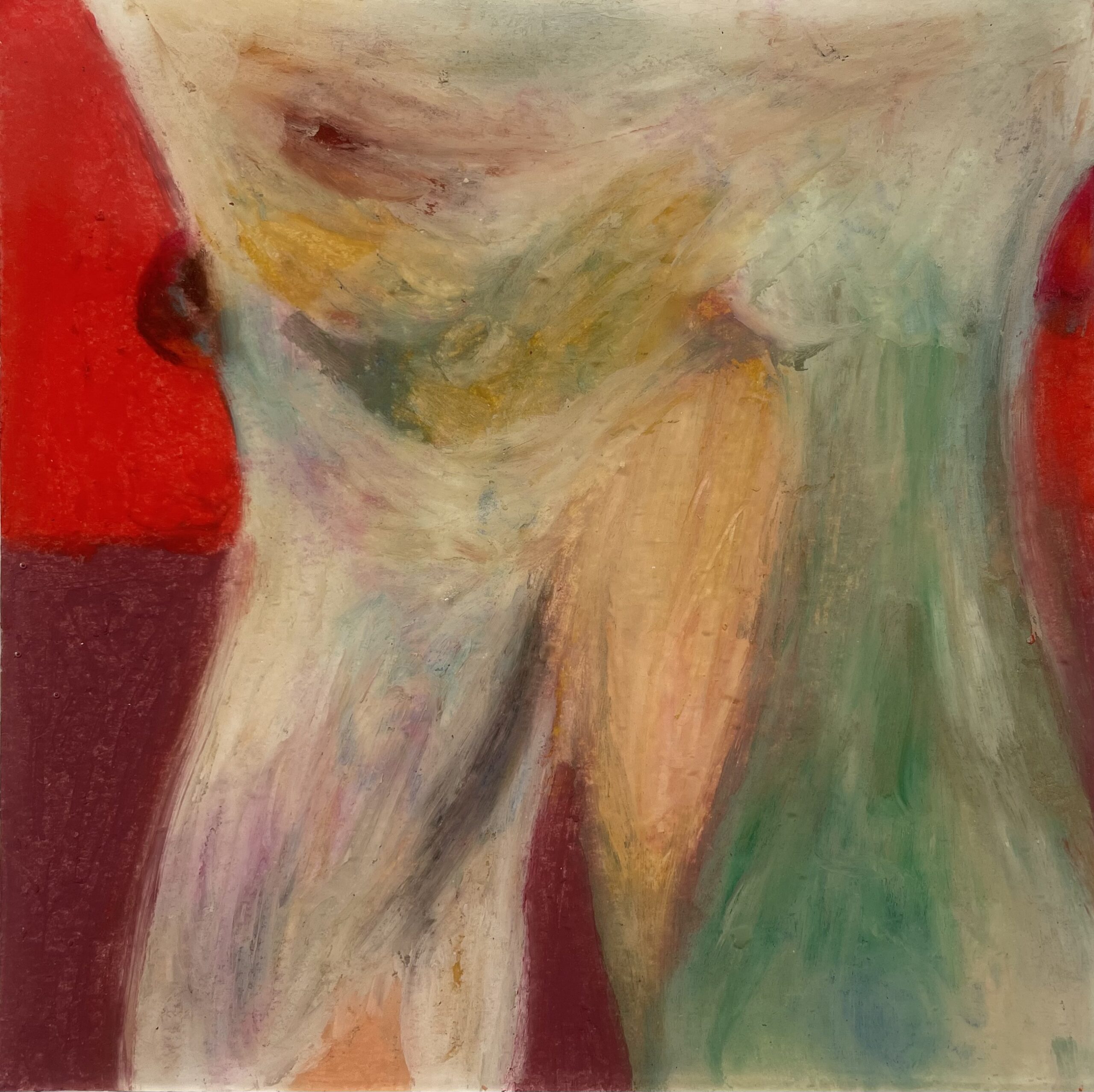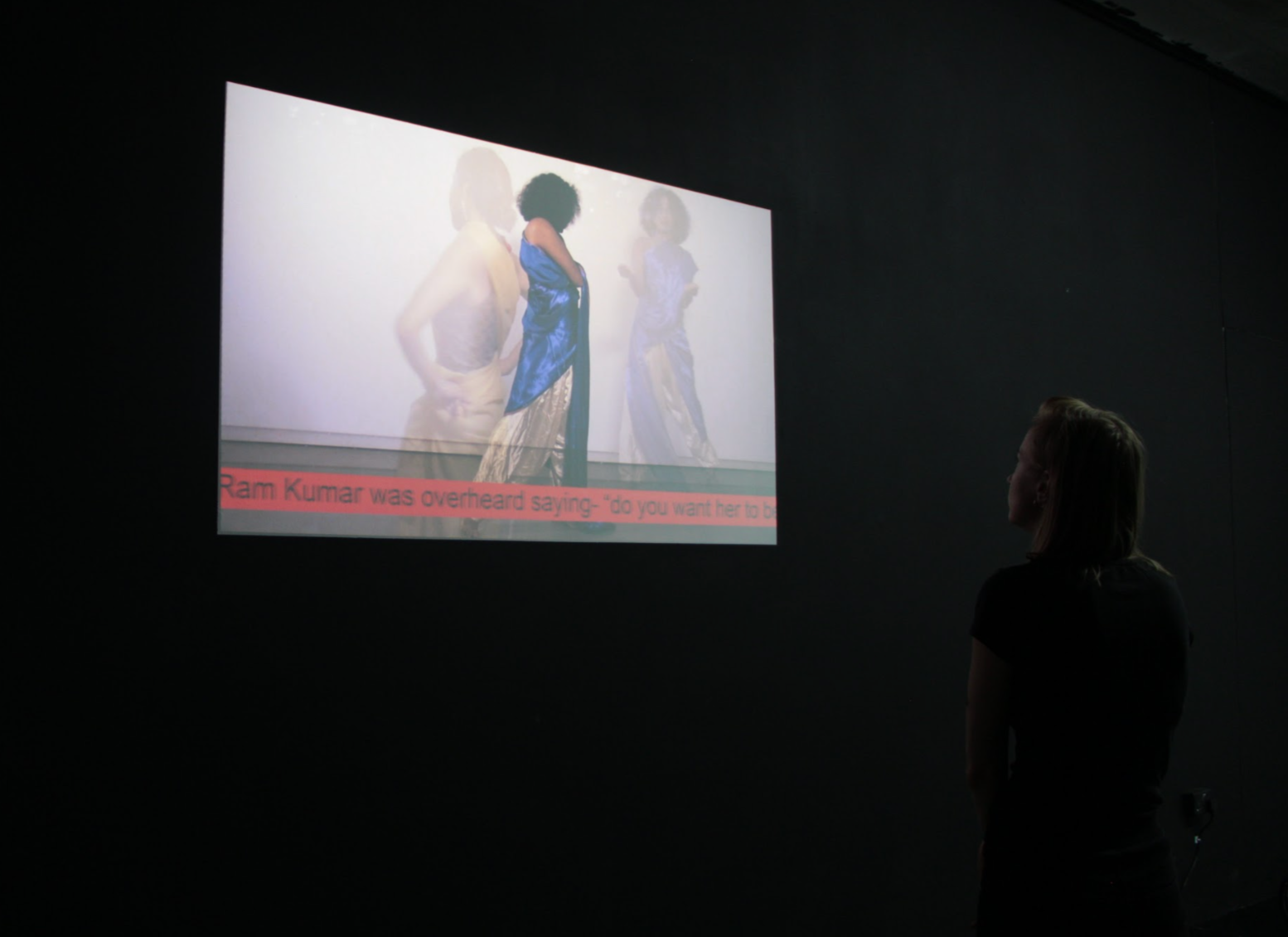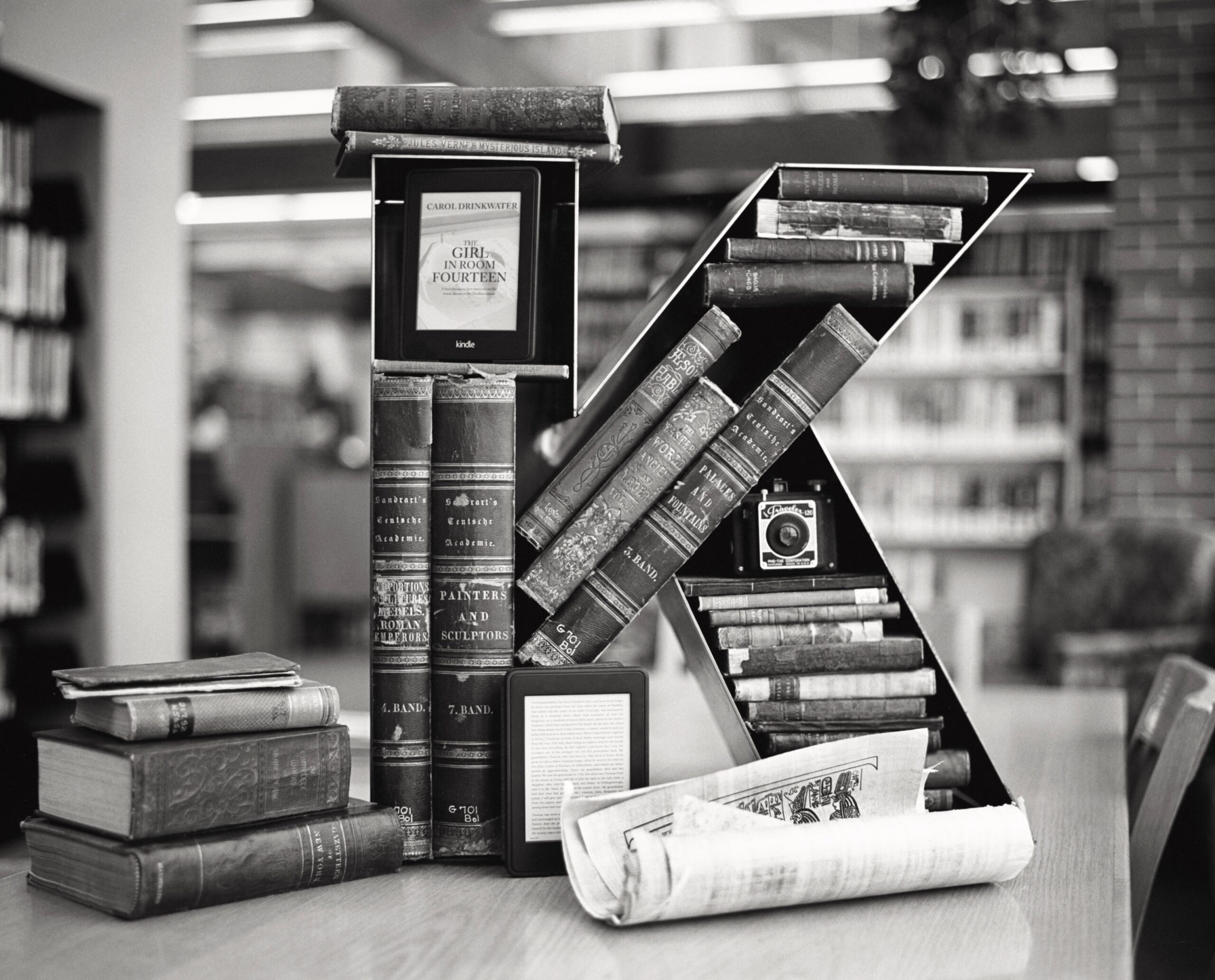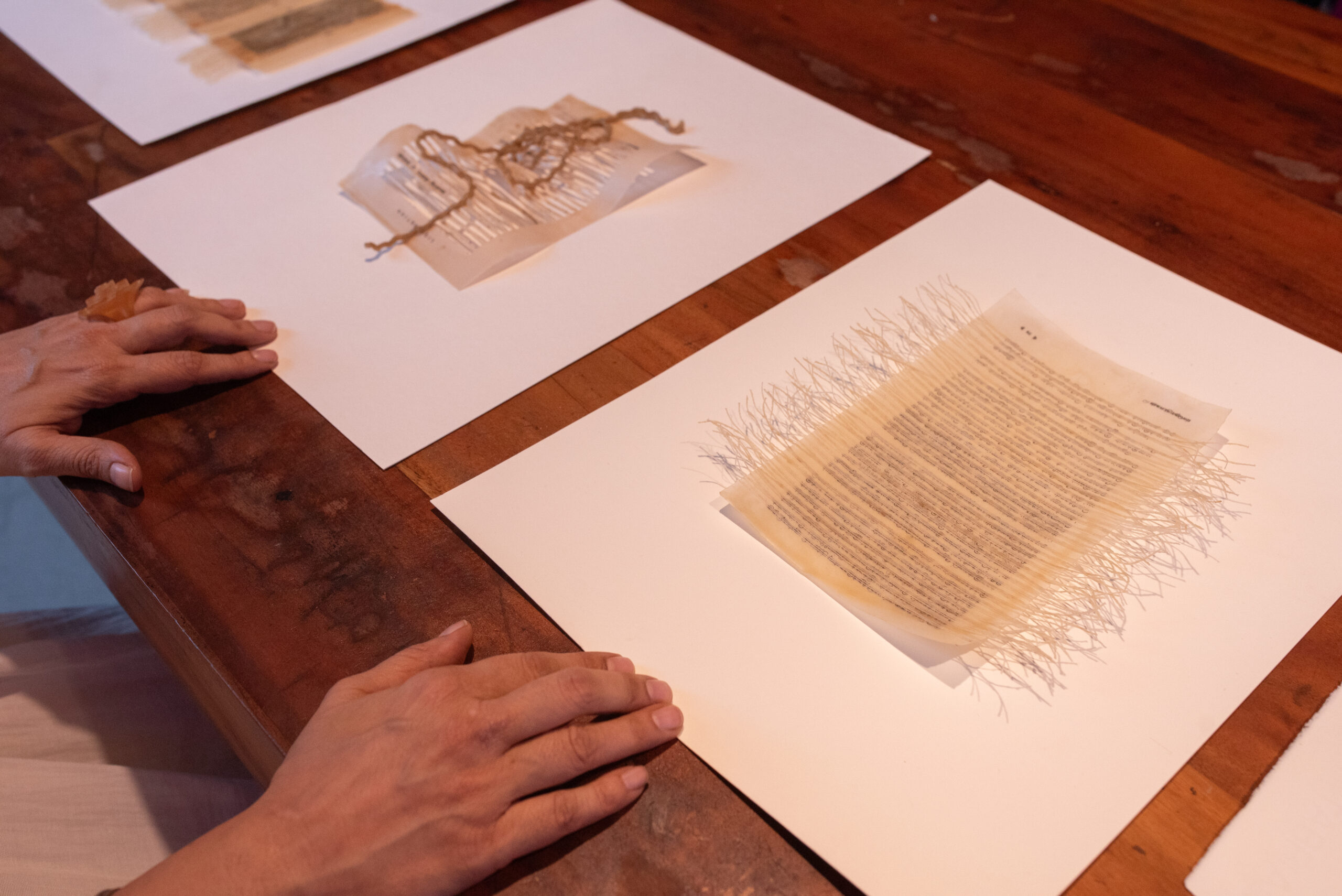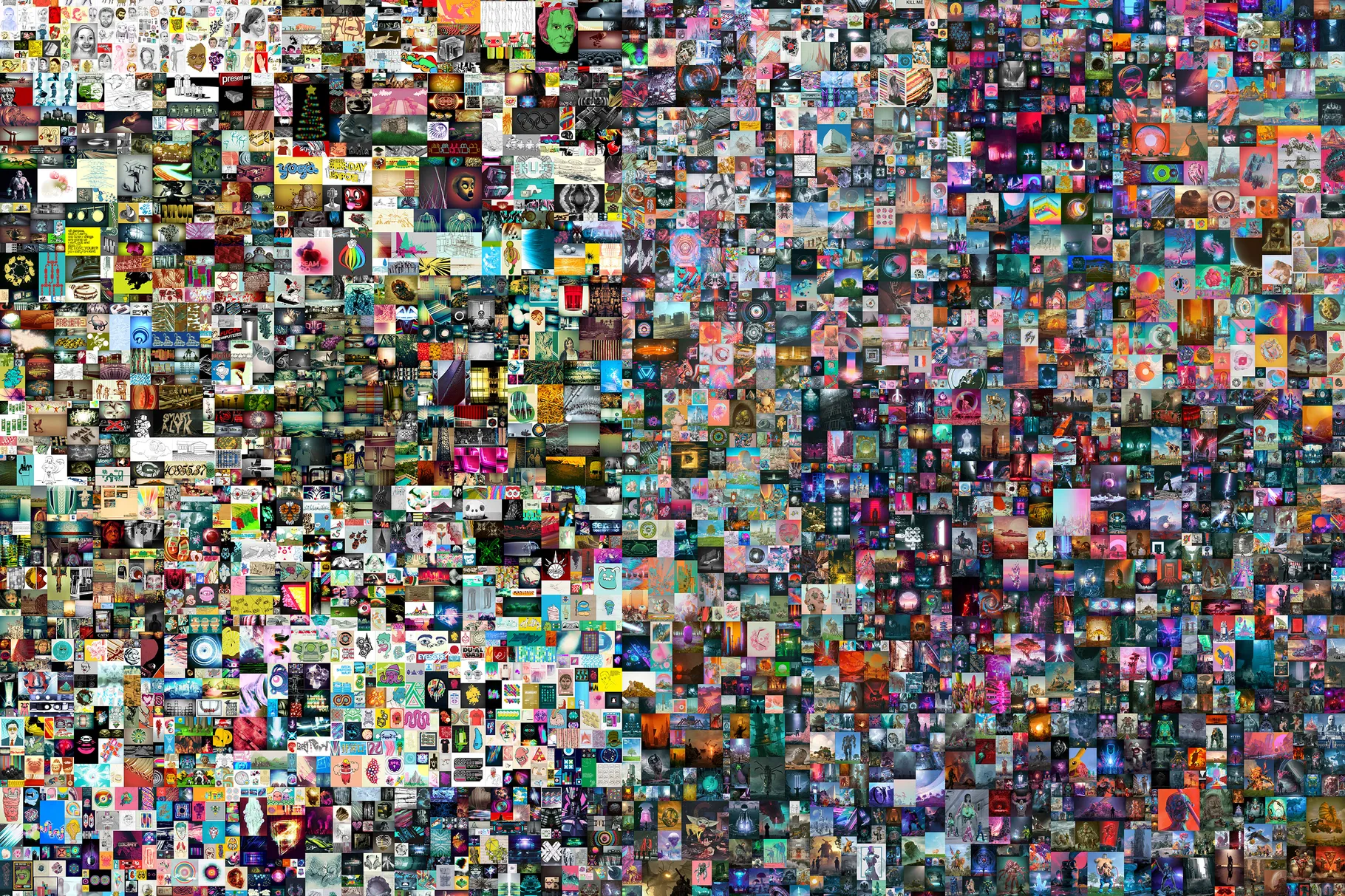For too long, the art world has been dominated by the male gaze, shaping narratives and perspectives through a patriarchal lens. But artist Divya Mittal is disrupting this status quo, wielding her interdisciplinary practice as an instrument of evocative and poised reflection. Her artworks act as mirrors, unflinchingly reflecting paradoxes and prejudices woven into the very fabric of our society.
Through a seamless fusion of performance, painting, and sculpture, Mittal harnesses the unique textures and tempos of each medium to craft rich, multi-layered stories. Her visual and auditory elements coalesce, deconstructing narratives around memory, trauma, and the culturally-ingrained roles that constrain individual autonomy. Mittal’s works demand active engagement, compelling viewers to confront the subliminal biases permeating our collective consciousness and see the distorted reflections we have long accepted as truth.
First Kiss, 2014, watercolours and mixed media on paper, 10×12.5 in (series of 12 works)
The interdisciplinary artist’s journey transcends borders, fusing influences from her upbringing in Delhi with the cultural immersion she experienced during her studies in London. It was in this historically rich, contemporary London art scene that she first encountered the female collective Guerrilla Girls’ bold feminist activism, protesting gender biases head-on. Their impactful approach left an indelible mark, evident in Mittal’s meticulous 2014 documentation, Drawings at the British Museum, which laid bare the overt and subliminal gender disparities reinforced through institutional art collections.
Drawings at the British Museum, 2014, mixed media, 8×8 in
This early project was merely the first culmination of Mittal’s ongoing exploration of identity politics and societal power structures — an exploration that flows fluidly across mediums. Her work with dance, for instance, interweaves personal narratives with broader cultural critiques, using the medium as both metaphor and expressive form. In her video installations, she delves into themes of bodily autonomy, sexuality, and the body’s dual existence as cultural artefact and personal vessel.
Nachaniya (video), exhibited at Royal College of Art, 2018
Mittal’s revelations often arise from reimagining and reclaiming loaded cultural vernaculars, as powerfully demonstrated in her video installation Nachaniya. Deriving its name from a pejorative term for dancers in parts of India, Nachaniya reclaims the identity as a metaphor to explore paradoxical societal attitudes towards feminine expression. Framed through the narrative lens of classical Indian dance forms like Odissi, the work starts as an embodied journey into the complexities of womanhood and the fraught negotiations of agency it entails. The imagery of jewellery, stripped of physical presence, serves as commentary on the significance and symbolism bound to the solah shringar – the 16 adornments traditionally adorning married Indian women. These evocative visuals unite into a rhythmic repetition of dance’s inherent taals or beats, forcing a confrontation with the dichotomous reality dancers face — idolised on stage when adhering to traditional feminine ideals, yet ostracised when their expression deviates from entrenched patriarchal norms of modest womanhood.
Even as Mittal’s recent artistic evolution leans towards subtler, more abstract expressions, the conceptual idea anchoring her work remains razor-sharp. Divya explains her approach, “I seek viewers to engage deeply with the work, uncovering messages that are not overtly visible but resonate on a subconscious level.”
Rather than confining her concerns to the representational realm, Mittal’s practice boldly spills into the visceral. Her 2013 multimedia piece Breast Sweeping confronts the brutal traditional practice originating from African countries of pounding young girls’ breasts to delay development and “protect” them from male desire. Through disquieting forms crafted from clay, paint and canvas, Mittal captures the distorted contours of bodies marred by these rituals. Lumpen, the bruised figures become cyphers for the generational trauma enacted upon the female form.
Breast Sweeping, clay, 2013
This examination of embodied violence extends into Man in Saree, an oil portrait inspired by the experiences of a young gender-nonconforming activist. Painted with reverence, the subject’s penetrating gaze and grace indicts a society that mocks and endangers those who dare to traverse the boundaries of prescribed sexuality through dress. Mittal wields her brush to reclaim space for the othered, her canvas becoming a sanctuary of defiant self-actualisation.
Man in a Saree, oil on canvas, 2019
At times, the artist turns her interrogative lens inward on the most intimate of brutalities. The 2021 watercolour series Just Get Over It lays bare the psychic wounds of increase in abuse during the COVID-19 lockdown of 2020 with devastating simplicity. Rendered at an achingly small 8×8 inch scale, each piece cracks open a poetic monologue — “it hasn’t stopped bleeding & it hasn’t stopped paining for 16 weeks.” Words seared into paper become a portal into a survivor’s harrowing world, at once claustrophobic and bereftly solitary. With sparse, diaristic strokes, Mittal exposes the insidious cycles society too often demands we transcend through gritted smiles and self-abnegation.
Just get over it, 2021, watercolour on paper, 8 x 8 in (series)
Whether through disquieting sculptural forms, portraiture’s tender subversions, or poetic works that dare to voice the unspeakable, Mittal confronts us with the inseparable interwovenness of the corporeal and psychological. Her works refuse the luxury of distanced critique, instead implicating us in an ethical reckoning with how society’s dictates manifest as indelible, viscerally-inscribed experiences upon bodies and psyches.
Mittal asserts utilising abstraction not as a veil but as a scalpel, dissecting layers of societal complacency to reveal undercurrents of bias and inequality. Her works compel us to go beyond intellectual critique and face the somatic and psychological tolls of oppression.
Ultimately, Divya Mittal’s practice does not provide concrete answers, but insistently prods us to question the lenses through which we have been conditioned to view ourselves and others. Her works hold up a multiplicity of mirrors, refracting our fragmented perspectives back upon us.
Whose reality are we seeing reflected?
Whose truths have been omitted or obscured?
By guiding us through an unlearning of the inherited visual vernacular, Mittal empowers us to look upon art and the world anew — to examine the subtexts and subversions that hide in plain sight. In illuminating the invisible hierarchies encrusted into our shared mythologies, perhaps we can begin to reimagine more equitable reflections.
Words by Niyati Hirani.
Featured Image “I am Free”, charcoal on paper, exhibited at Ugly Duck Gallery, London, 2019.
